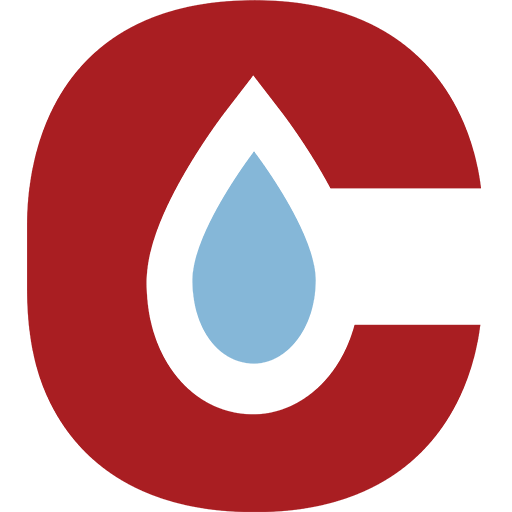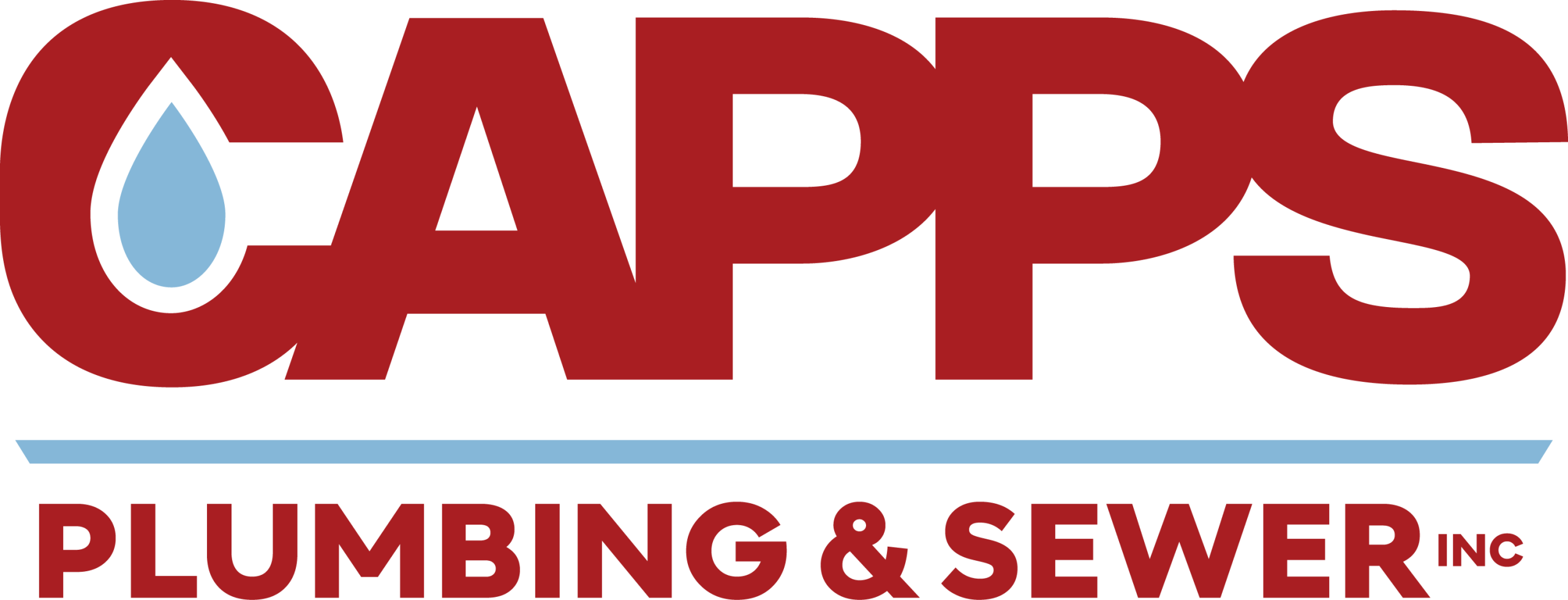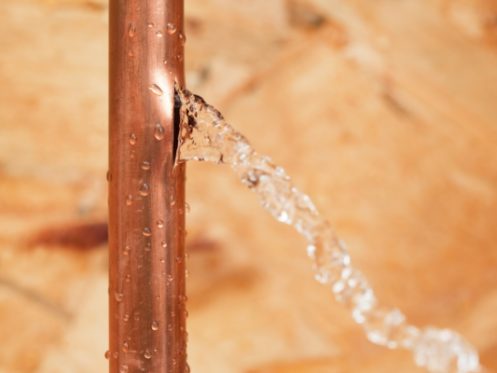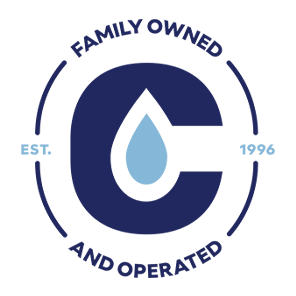Ah, ice. One of nature’s wonders. The transformation of a liquid into a solid. It can make everything around you look so peaceful and beautiful. That is until you go to start your icy day with a nice hot shower and there’s no water. It’s official. You have frozen pipes. Now what?
How to Tell if a Pipe has Burst
- Look for signs inside your home. Walk through your entire house, take especially bathrooms, kitchens, laundry rooms, and unheated areas (unfinished basements, crawl spaces, attics, and garages). Look for actively dripping water and signs that water is leaking out of sight, such as damp drywall, rings on the ceiling, unusual odors, or bubbling, banging, clanking, or whistling noises.
- Look for signs outside your home. Walk around your property to see if water has collected in any areas.
- Check your water meter. If the meter shows movement when all your water fixtures are off, then it’s most likely a pipe has burst.
What to do if You Have Confirmed or Suspect a Burst Pipe
- Shut off the water supply to the affected area or your entire house, if needed.
- Make sure all your faucets are open.
- Call a plumber immediately.
How to Prevent Frozen Pipes
- Keep garage doors closed, especially if there are water supply lines in the garage.
- Open kitchen and bathroom cabinet doors to allow warmer air to circulate the plumbing, especially if your sinks are on an exterior wall.
- Let cold water drip from a faucet served by exposed pipes.
- Keep the thermostat set to the same temperature day and night.
- If you plan to be away during cold weather, leave the heat on in your home, and set it to a temperature no lower than 55° F.
- For the long term, add insulation to attics, basements, and crawl spaces. Insulation will maintain higher temperatures in those areas. And to prevent drafts, seal cracks and openings around windows, doors, and sill plates, where the house rests on its foundation.




